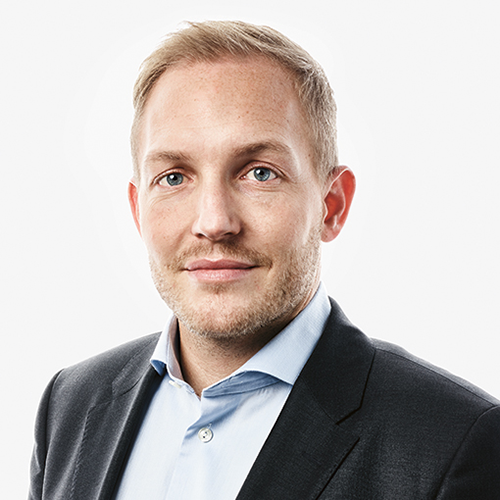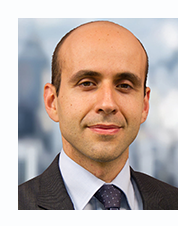In the second of a two-part interview, Leonteq’s David Schmid (pictured), head of investment solutions, and Alessandro Ricci, deputy head investment solutions, talk about click-and-trade platforms, the market crash triggered by the Covid-19 pandemic and why structured products have come out of age and will remain in focus for retail investors.
Discussing the fragmented platform landscape in the structured products market and the lack of adoption, Ricci notes that “if you look at other economic sectors that have been severely disrupted by technology, you might argue that the finance and wealth management sector has not evolved at the same pace”.
A restricted number of platforms will represent the vast majority of the structured products market - David Schmid
“If the experience in other sectors is of any guide, you could predict that at a certain point a restricted number of platforms will represent the vast majority of the structured products market,” he says. “Their success will be measured by the number users connected thanks to the services offered and the overall customer experience.”
Ricci (below-right) believes Leonteq will be able to capitalise on the breadth of its digital services and open architecture set-up to become one of the reference points for the market.
“Many product providers offer digital platforms, but they are naturally ‘closed’ systems to push their own products,” he says, adding that similarly, many brokers offer digital platforms that “are conceived as ‘front end’ interfaces but they might be missing the capacity to offer proper transactional functionalities and liquidity offered by a product provider”.
Market disruption
Schmid rates highly the response of the structured products market both from an industry and a consumer perspective.
“What we have experienced in the first half of 2020 cannot be compared to what happened during the financial crisis of 2008-2009,” Schmid says. “It was no doubt a shock to the market. However, the structured products industry has done its homework around education and investors now understand that sudden market moves can impact their investments.”
Leonteq registered a high level of activity in January and February, as well as an increase of portfolio allocation into structured products. During and post-market crash - in March and April - the firm recorded very high activity from clients reshaping their portfolios and making the most of the opportunities resulting from the market environment.
“Some investors were exiting positions, but others took the opportunity to buy products in the secondary market or to launch products with better protection and coupons taking advantage of the market volatility,” says Schmid.
“Other investors sought to roll out structures, and we have helped and recommended investors to roll out positions into recovery structures. Investors understand they can also claw back losses via recovery trades with a discount and quarterly or semi-annual observations.”
Ricci points at the industry and the market being more mature and robust as one of the main differences with what happened in 2008. “Investors are more aware of the risks they face and although it was painful for many, they were also able to recoup some of the losses with new structures with better terms and they were able to benefit from that,” he says.
“Many issuers, and Leonteq among them, remained in the market and provided secondary market quotes with a different type of commitment to the market than the one seen in 2008, notwithstanding the hardship that all product manufacturers endured in risk managing the stock of product.”
That approach has worked well because the market bounced back in the months after, which also helped with the mark-to-market of existing positions and on the recovery trades, and allowed enough time for the stocks to be traded off the barrier level before products expired in products with European barriers.
From a macro perspective, structured products will remain an important building block in an investment world where uncertainty may be the only constant, according to Ricci.
“We see structured products as a well-established and important asset class because they can offer either convexity or yield opportunities that other traditional asset classes are now lacking,” he says. “If anything, the response to the market to the recent market crash furthers vindicates the business case for structured finance and structured products.”
As for the investment themes with a positive forecast in the market, thematic investments will become more central, as a more intuitive way for Investors to express their views. A recent McKinsey report found that there is initial evidence supporting positive correlation between sustainability and corporate performance.
“In this context, ESG is now a ‘macro theme’, not only for obvious ethical considerations, but also because there is increasing evidence that sustainability, in all its different shapes and forms, has become a key factor behind sustainability in returns,” sums up Ricci. “You might conclude that it’s only a matter of time before this gets translated into investment performance.”

